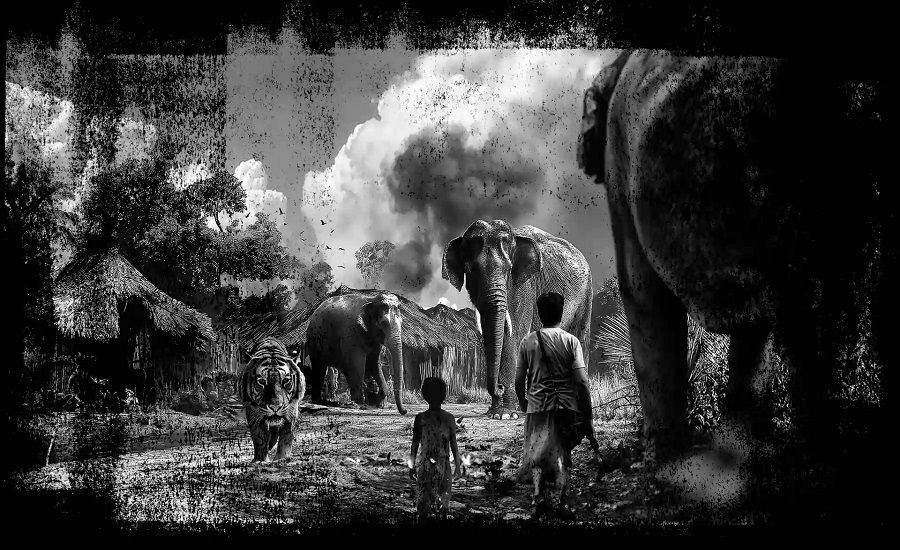New Delhi — In a written reply to a question in the Rajya Sabha today, Union Minister of State for Environment, Forest and Climate Change, Kirti Vardhan Singh detailed the Government of India’s ongoing efforts to address increasing incidents of human-wildlife conflict and to mitigate threats to human life, livestock, and property across various states.
Highlighting the government’s legal framework and support mechanisms, the minister pointed to Section 11 of the Wild Life (Protection) Act, 1972, which empowers State Chief Wildlife Wardens to take appropriate action in conflict situations. The Ministry has also requested the Government of Kerala to actively utilize this provision in managing escalating human-animal interactions within the state.
Key Steps Taken to Address Human-Wildlife Conflicts
The central government has initiated a multi-pronged strategy to protect both wildlife and human settlements. The major initiatives include:
- Creation of Protected Areas: A nationwide network of National Parks, Wildlife Sanctuaries, Conservation Reserves, and Community Reserves has been established to safeguard critical wildlife habitats and reduce human-wildlife encounters.
- Financial Support to States: Under Centrally Sponsored Schemes like Development of Wildlife Habitats, Project Tiger, and Project Elephant, financial assistance is provided for various mitigation efforts. These include:
Construction of solar-powered electric fencing
- Bio-fencing and boundary walls to deter wild animals from entering human-inhabited and agricultural areas
Issuance of Key Advisories and Guidelines:
- A February 2021 advisory on managing conflicts recommends coordinated interdepartmental response, rapid response teams, and quicker compensation mechanisms for victims.
- Species-specific guidelines were issued on March 21, 2023, addressing mitigation measures based on animal behavior and threat levels.
- On June 3, 2022, the Ministry issued comprehensive guidelines to States/UTs on crop damage and conflict prevention.
Institutional Mechanisms:
- States are advised to form State and District-level Committees to monitor hotspots, determine compensation levels, and ensure timely ex-gratia relief payments.
Legal Framework
The Wild Life (Protection) Act, 1972 remains the central legal instrument for wildlife conservation and conflict management. It grants regulatory powers to wildlife authorities to act swiftly in scenarios where wildlife poses a direct threat to human lives or property.



























